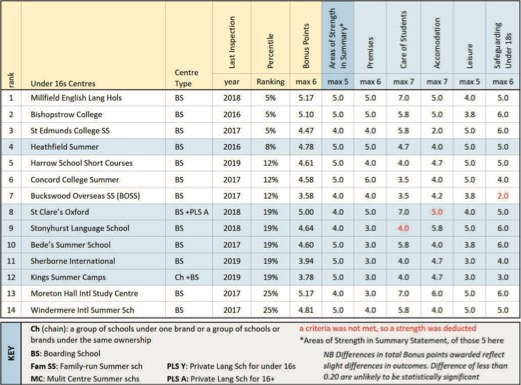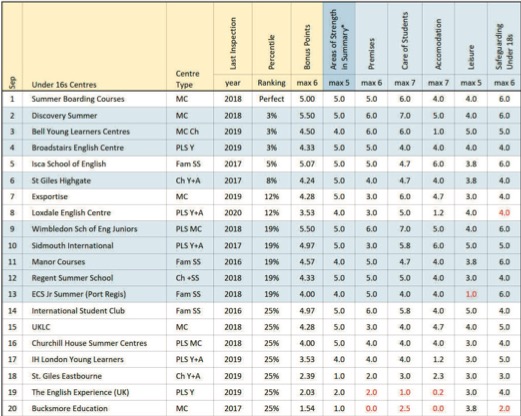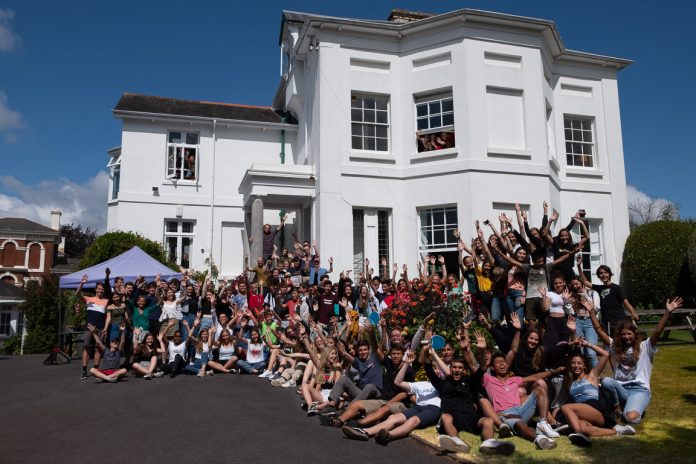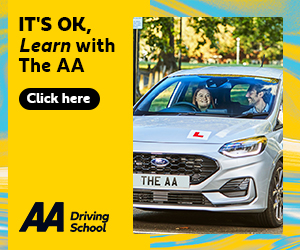Welfare is the key to success with under-16s, so stick with the schools for young learners, says Melanie Butler
Young learner specialists now make up some 24 per cent of all accredited centres, and some 30 per cent of all EL Gazette Centres of Excellence.
In order to differentiate between schools, this analysis focuses on the main area in which provision for under-16s differs from that of adults: the level of Safeguarding of Under-18s and the three areas under Welfare and Student Services. We have also looked at the area of Premises and Facilities, which impacts on student well-being.
We have weighted the scores by assigning a maximum of six bonus points for the criteria covered under these headings. Differences in bonus points are used to show slight differences under these categories and do not affect the overall ranking score of each centre.
If we compare the outcomes between schools run by language school specialists (see the ranking below) with those of the boarding schools (opposite) we can see that language specialists do better at the top, but when it comes to bonus points, the boarding schools show less variation, from 3.5 to 5.17, than the private language providers, who range from 1.54 to 5.5.
We should also note that 54 per cent of all accredited Boarding Schools are Centres of Excellence—by far the highest for any sector. But as we can also see in the difference between the state sector and the private language school rankings on pages 31-33, the educational providers are more consistent, but the top language specialists can exceed them.
Year-round, when few boarding schools run language courses, some adult providers do well (see Sidmouth, St Giles Highgate and now IH London) though the top performer is a specialist: Broadstairs English Centre. In the summer, the multicentre specialists like Discovery and the family-run centres like Isca predominate.
But as this ranking shows clearly, just because a provider does well with adults doesn’t mean they are as good with under-16s.









